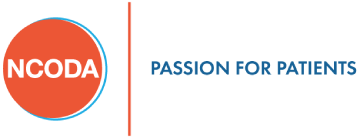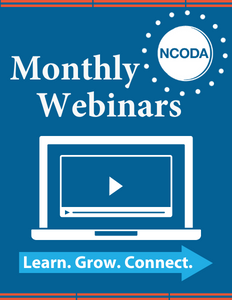Author: Natasha Olson, PharmD, Senior Manager of Clinical Communications & Outreach, NCODA
Oncology care teams are facing a significant challenge when it comes to providing comprehensive patient education – the lack of dedicated time. In the fast-paced, high-stakes environment of cancer treatment, healthcare providers often struggle to find the necessary time to properly educate patients and their families.
One of the primary barriers is the sheer volume of information that needs to be conveyed. Newly diagnosed cancer patients are bombarded with complex details about their disease, treatment options, potential side effects, and the road ahead. Absorbing all of this information can be overwhelming, especially when patients are already dealing with the emotional and physical toll of their diagnosis.
Healthcare providers are often pressed for time, with packed schedules and competing priorities. Appointments are typically brief, leaving little opportunity for in-depth discussions about patient education. As a result, crucial information may be rushed or glossed over, leaving patients and their caregivers feeling confused and unprepared.
The problem is exacerbated by the fact that traditional models of patient education, such as one-on-one teaching or group classes, require additional visits to the cancer center. This can be a significant burden for patients, especially those with limited mobility, transportation, or financial resources.
The COVID-19 pandemic has further compounded the issue, as the shift to virtual care has reduced in-person interactions and made it even more challenging to provide comprehensive patient education.
To address this problem, oncology practices must explore innovative approaches that optimize the limited time available. This may include:
- Integrating patient education materials into the electronic health record, allowing providers to easily access and share relevant information during appointments.
- Leveraging digital tools, such as patient portals and educational videos, to provide patients with on-demand access to information.
- Empowering other members of the care team, such as pharmacists and nurses, to take on a more active role in patient education.
- Implementing structured education programs that are tailored to the specific needs and learning styles of patients and their families.
By addressing the time constraints in oncology patient education, healthcare providers can ensure that patients are better informed, more engaged in their care, and ultimately, better equipped to navigate the complexities of their cancer journey.











